Which Way to the Novitiate?
Posted on November 16, 2018, by Eleanor Craig SL
On the grounds of Loretto Motherhouse, in an area of central Kentucky which is today still quite rural, two imposing brick buildings stand as witnesses to more than 175 years of Loretto’s education of young women. First there was Rhodes Hall, one of Kentucky’s earliest academies for girls, built in 1834 on the “Bardstown Pike.” Then in the 1880s, a new four-story academy building began to rise at Loretto, modern in every way and equipped to house a burgeoning student body. A flourishing national system of rail lines brought girls from across the central and southern states to the little train station at “Loretto.”
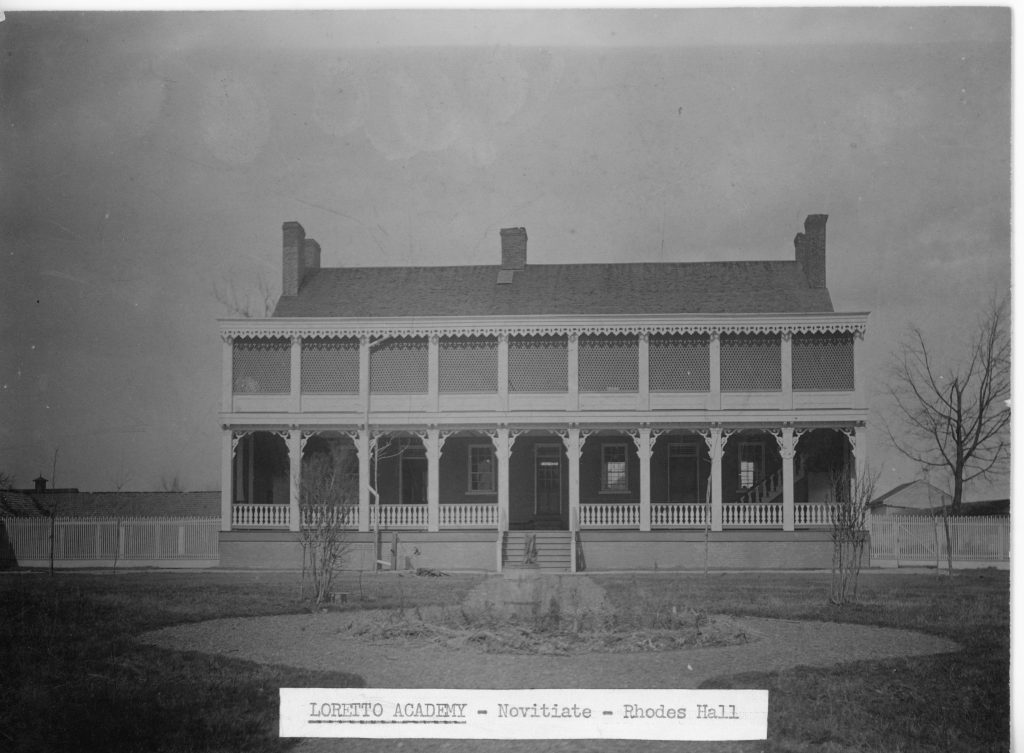
From its earliest days and into the opening decades of the 20th century, Loretto Academy was widely known as a leader among Catholic women’s academies in the south. Yet by 1918 the school was closed!
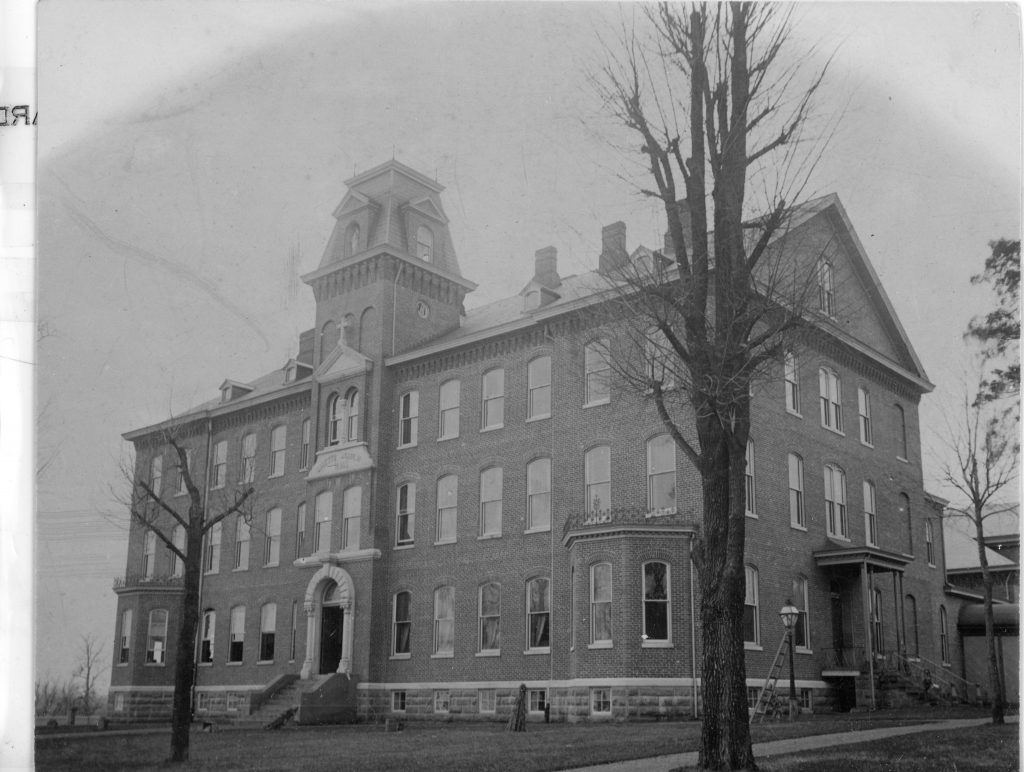
It was not that Loretto education had ceased to be valued, but it was available in other settings, places like St. Benedict’s Academy at Cedar Grove near Louisville and Bethlehem Academy at St. John, Kentucky, near Elizabethtown. Moreover, day schools were growing ever more popular, including Loretto’s own St. Augustine’s Academy in Lebanon and St. Mary’s Academy in Elizabethtown.
The Sisters of Loretto had another reason for discontinuing the academy at the Motherhouse—they urgently needed space to house the increasing numbers of Loretto’s own young learners, girls and women from across the country who were in the process of becoming Sisters of Loretto. From the turn of the century to Loretto’s Centennial in 1912, well over two hundred women received some schooling, made their vows, and were sent on their way to teach. In 1913 alone, 39 entered the novitiate; the next four years saw a total of 120 young women join Loretto. Surprisingly, these were not young girls; the majority of the entrants were women in their early to mid-twenties; some were 30 and 35 years old.
Each group of novices had been housed since 1886 in the old 1834 academy building. Their novitiate at Loretto spanned more than two years, with new recruits arriving three times each year. The large numbers of novices crowded into the seventy year old building were further increased by groups of recently professed sisters who were brought back to the Motherhouse several times each year for “Normal” classes—short courses in teaching techniques augmented by content courses to prepare them to pass teacher licensing examinations and/or qualify for college studies.
By 1904 the crowding at Loretto was such that the Normal classes were transferred to the newly built Academy at 39th and Roanoke in Kansas City. In 1911 they were again transferred to the newly acquired buildings on Lafayette Avenue in St. Louis. The minutes of the General Council meeting of December 1912 record that Reverend Mother Praxedes and her councilors discussed suitable places for the Normal School other than the busy streets of St. Louis. “Mother Praxedes thought best to have the Normal at the Motherhouse if a nice Academy were built at Louisville where …the pupils [of the Motherhouse Academy] could be transferred and the large 1886 Academy building used as a Novitiate and Normal School.”
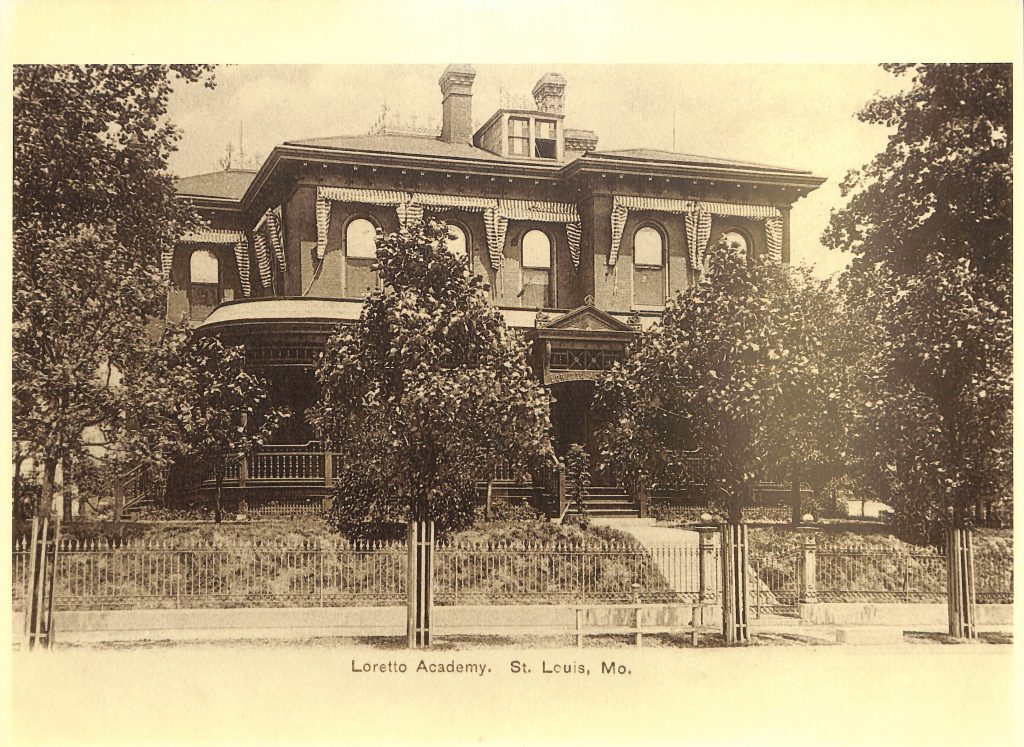
To make do in the meantime, “Mother Praxedes presented the councilors with a sketch of a portable house, to be erected close to the present Novitiate building [meaning the 1834 building], having an assembly room and a dormitory for the Novices.” (Council minutes, February 1913) This was the building we now call Stuart Hall, a “kit house” ordered from one of the nation’s large catelog companies; the components arrived by train and the building was assembled on site.
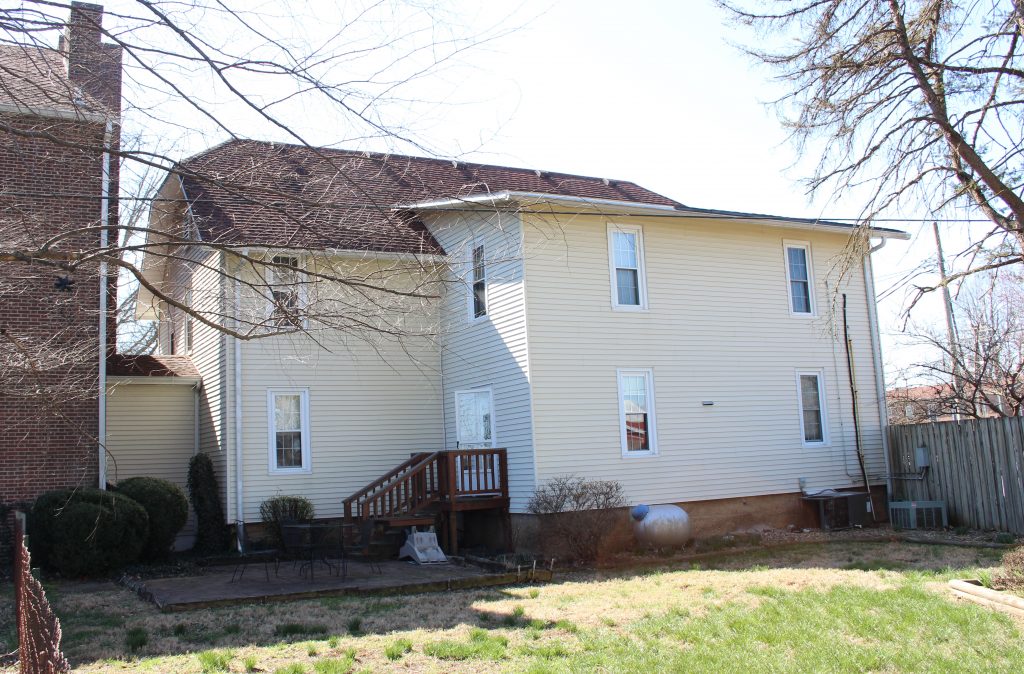
In August 1913 the Council Minutes report “It was unanimously decided to keep at [the Motherhouse] the four sisters who received their MA degrees from the Catholic University [in June 1913] and start the first years of college work among the young sisters at the Motherhouse.” In January of the following year, the Council Minutes reveal a surprising reaction among the councilors: Reverend Mother Praxedes proposed a “House of Studies at Catholic University. Mother Wilfred is not in favor of building there at all; the other councilors consider the proposed building too great an undertaking and an unnecessary expense. No one favored it except Reverend Mother.” So, in 1914, the direction of collegiate education for young Sisters of Loretto was firmly oriented to mid-western and western schools, rather than to those in the east. Normal school preparation for teaching would continue at the Motherhouse and young women on the missions would attend college on weekends near their work places. Loretto’s Webster College opened in St. Louis in 1916, providing one site for summer school college work, and Loretto Heights became the second in 1918.
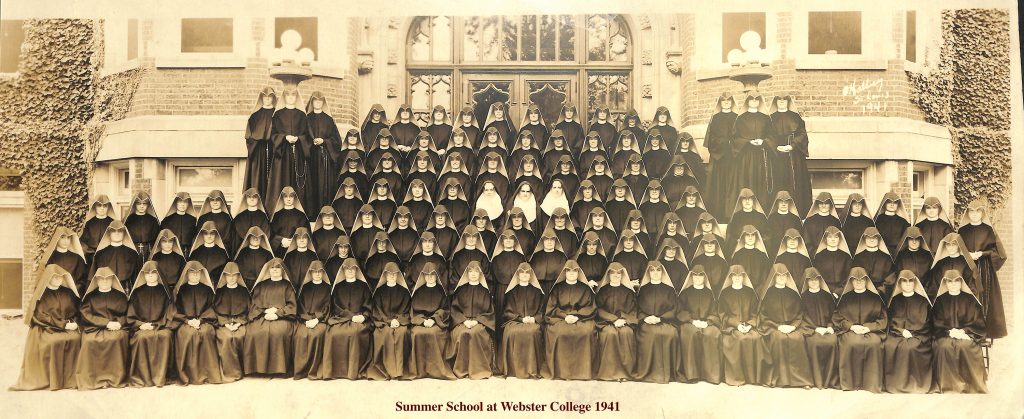
At the April 16, 1916, meeting of the General Council, “the advisability of closing the Academy at [the Motherhouse] again came up for consideration and the members of the Council deemed it necessary, because of the crowded conditions.” April and May of 1918 saw the last academy classes taught, the final exhibition of girls’ accomplishments appreciated, and the last class of graduates launched from Loretto Academy, Loretto, Kentucky. In the summer months, the novices moved from the 1834 to the 1886 academy building, and even Mother Praxedes and her General Councilors found bedrooms in the building, which quickly became known as the Novitiate. Yet even today, residents of the neighborhood still refer to the building, and indeed the entire Motherhouse campus, as “The Academy.”
